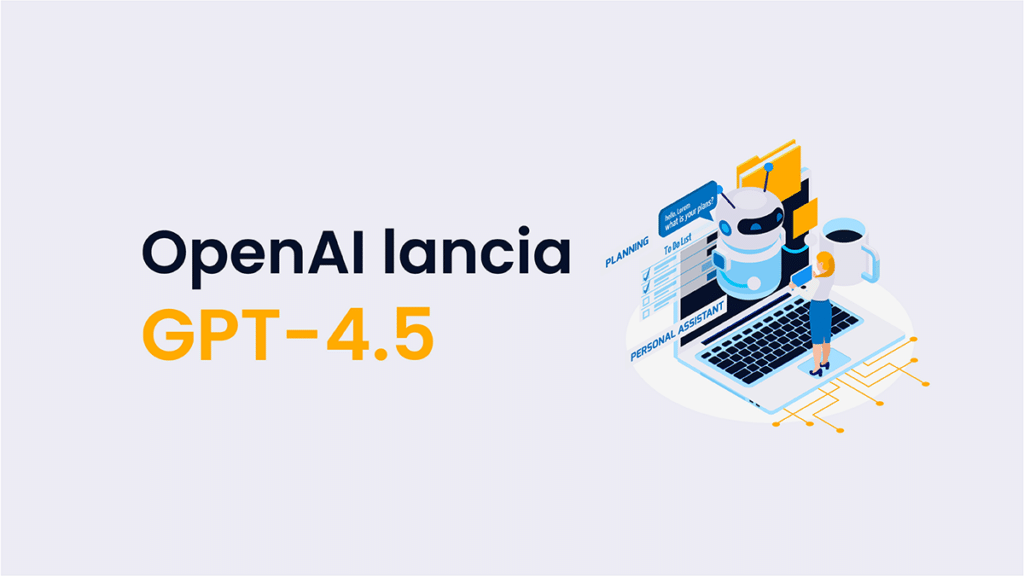Gli assistenti virtuali sono uno dei prodotti più gettonati dell’intelligenza artificiale. Questo per via della loro versatilità, che si riflette in applicazioni universalmente utili. Applicazioni che toccano un’infinità di campi e che quindi interessano un pubblico molto ampio e sfaccettato. Per questi motivi, la ricerca e lo sviluppo degli assistenti virtuali è una branca dell’AI su cui si investe sempre di più. Un esempio di cui abbiamo trattato recentemente è il rinnovo della partnership IBM-Tech Mahindra. Collaborazione che, tra i focus, ha proprio l’evoluzione dell’assistenza virtuale.
Migliorare questi strumenti significa avanzare col machine learning, col deep learning, con l’automazione intelligente e quindi con capacità come l’elaborazione del linguaggio naturale. Per non parlare di ricerca, raccolta ed elaborazione dei dati. Così lo sviluppo degli assistenti virtuali si trascina a cascata praticamente tutti i campi dell’AI. Vediamo più nello specifico le ultime tendenze che disegnano il futuro dell’assistenza virtuale.
Indice dei contenuti
Comprensione del linguaggio naturale e deep learning
Abbiamo appena detto che migliorare gli assistenti virtuali implica un lavoro sull’elaborazione del linguaggio naturale e sul deep learning. La prima consente ai modelli di intelligenza artificiale di comprendere sempre meglio il contesto delle conversazioni. Il deep learning, invece, permette anche agli assistenti di imparare dalle interazioni precedenti, migliorando continuamente la qualità delle risposte.
L’evoluzione di queste due branche, oltre a raffinare notevolmente gli assistenti virtuali, favorisce lo sviluppo di modelli di AI destinati ad altri scopi.
Assistenti virtuali multimodali
I nuovi assistenti integrano input visivi e testuali per una maggiore interazione. L’introduzione di strumenti come DALL-E, che uniscono riconoscimento visivo e generazione di immagini, sta ampliando le possibilità. Google infatti sta lavorando su assistenti che riconoscono oggetti tramite fotocamera, offrendo risposte più accurate. Questo crea un’interazione naturale che coinvolge più sensi.
L’evoluzione in questo campo diventa utile anche allo sviluppo della realtà aumentata.

Umanizzazione degli assistenti
Le capacità di comprensione emotiva degli assistenti stanno migliorando. Questo grazie all’analisi dei toni di voce e delle espressioni. Start-up come Sonantic (acquistata da Spotify) stanno sviluppando voci sintetiche capaci di riprodurre emozioni. Quindi l’interazione con gli assistenti virtuali diventerà sempre più empatica, come se si stesse parlando con un vero interlocutore.
Questo potrebbe rivoluzionare settori come la terapia online e il supporto psicologico… ma anche aprire le porte a business più particolari o potenzialmente alienanti.
Assistenti virtuali per automatizzare processi lavorativi
Ovviamente gli assistenti virtuali aiutano ad automatizzare processi ripetitivi. Microsoft ha già integrato Copilot in Teams, utilizzando GPT-4 per trascrivere riunioni, suggerire risposte e analizzare dati. I chatbot per il customer service, come quelli di Zendesk, offrono supporto immediato e personalizzato, riducendo i tempi di attesa.
In futuro, ci aspettiamo assistenti in grado di gestire task più complesse, come analisi di mercato e pianificazione strategica.
Big data ed etica nello sviluppo degli assistenti virtuali
Gli assistenti virtuali del futuro sfrutteranno sempre più i big data. Amazon Alexa, ad esempio, utilizza i dati di utilizzo per offrire consigli personalizzati su prodotti e contenuti. Ma l’uso massiccio di dati personali solleva preoccupazioni su privacy e trasparenza.
Le vulnerabilità negli algoritmi di machine learning, infatti, possono essere sfruttate per manipolare i dati. Inoltre, l’introduzione di bias negli algoritmi potrebbe perpetrare discriminazioni involontarie.
Quindi il futuro degli assistenti virtuali oltre al raffinamento tecnologico e l’evoluzione degli utilizzi, sarà determinato dal miglioramento della sicurezza per i dati e dai bias in fase di programmazione.










